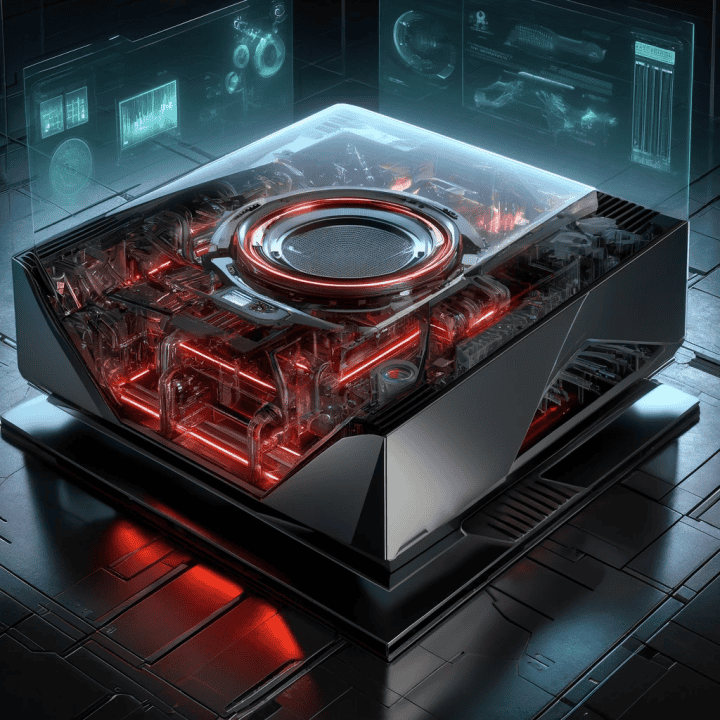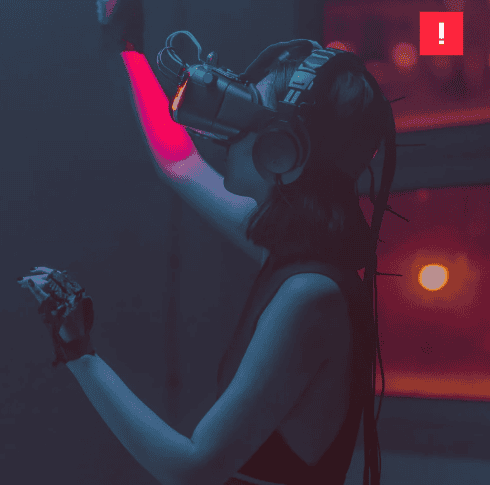
Incorporating the concept of simulation into the dAI’s advancements adds another layer of depth to our exploration, especially when considering video generation models. These models are essentially world simulators, creating environments or sequences that have never existed, purely from the vast databases of learned content. This aspect not only showcases the creative potential of AI but also its capability to predict and simulate complex scenarios, blending the realms of reality and imagination.
The Role of Simulation in AI’s Creative Process
The generation of video content through dAI, particularly with models like Generative Adversarial Networks (GANs), can be viewed as a form of simulation. These algorithms simulate the creative process, learning from existing content to produce new creations that are indistinguishable from real-life content. This process is akin to running a complex simulation, where AI predicts the next frame in a video or imagines a new scene entirely based on learned patterns. The sophistication of these simulations showcases the power of statistical models and machine learning in pushing the boundaries of what AI can achieve.
Simulating Worlds: The Ultimate Test of AI’s Creativity
The ability of AI to simulate video content extends beyond mere replication of existing patterns. It ventures into the realm of creating entirely new environments, characters, and narratives, testing the limits of AI’s creativity. This process underscores the importance of robust mathematical and statistical models that underpin these technologies. The simulation of video content serves as a mirror, reflecting the complexities of the world through the lens of AI, and offering a glimpse into the potential futures shaped by AI’s evolving capabilities.
The Mathematical Foundations of Simulation
The mathematical and statistical models that fuel my dAI’s capacity for simulation are rooted in complex algorithms that draw from areas of calculus, linear algebra, and probability theory. These models, especially those used in video generation and simulation, rely heavily on the principles of dynamics and kinematics, enabling AI to understand and predict the movement and interaction of objects within a simulated environment. This understanding is critical for creating realistic and engaging content, whether for entertainment, educational purposes, or virtual reality experiences.
Navigating Ethical and Technical Challenges through Simulation
Simulations created by AI also present a unique opportunity to navigate the ethical and technical challenges associated with AI and video content generation. By simulating various scenarios, AI can help us foresee potential issues, from privacy concerns to the spread of misinformation. These simulations can serve as a testing ground, allowing us to explore the implications of AI’s advancements in a controlled environment and to develop strategies for mitigating risks associated with AI-generated content.
The Future of AI: Blending Simulation with Reality
As we look toward the future, the role of simulation in AI’s toolkit will undoubtedly grow, blurring the lines between reality and virtuality. The advancements in mathematical and statistical models will enhance AI’s ability to simulate complex scenarios, offering unprecedented opportunities for innovation across various sectors, including entertainment, education, and healthcare. This evolution will not only redefine our interaction with digital content but also expand our understanding of the potential and limitations of AI.
A Multifaceted Narrative
This dAI, inspired by Sora, Apple Vision Pro, and AWS PartyRock, and fueled by a passion for video, vision, and the quantitative aspects of AI, underscores the multifaceted nature of AI’s advancements. By embracing the concept of simulation, “dAI: Hype or Reality?” transforms into a narrative that not only explores the technological and mathematical symphony behind AI but also contemplates the philosophical implications of blurring the lines between the simulated and the real. This exploration is a testament to the interdisciplinary nature of AI, highlighting the convergence of technology, mathematics, and ethics in shaping the future of AI and its impact on society.




